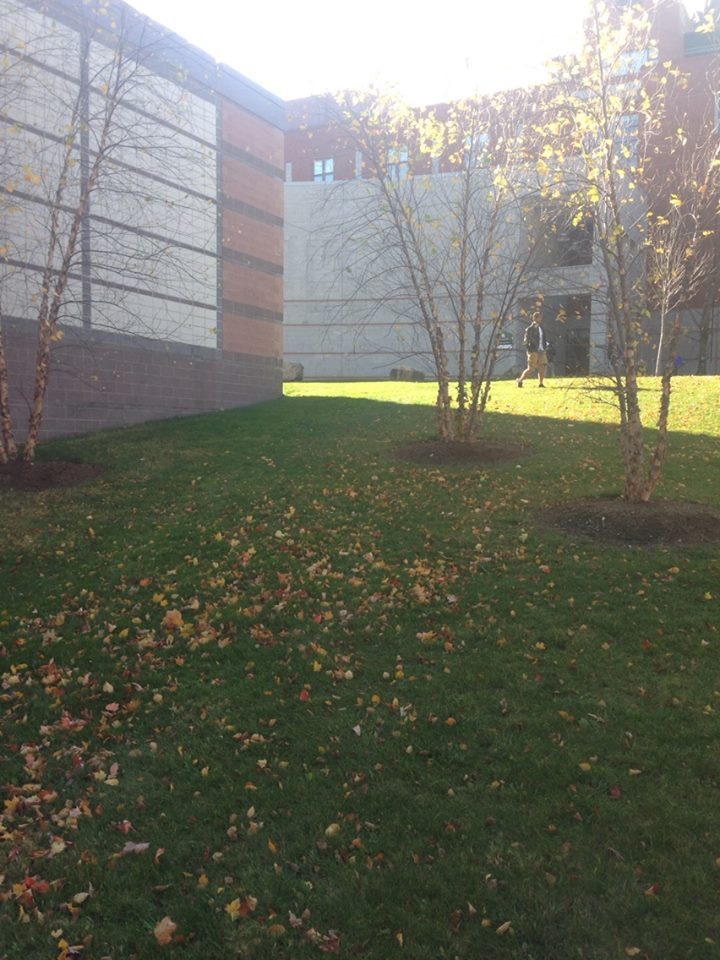River Birch : Uses
The river birch is very popular as an ornamental tree in landscaping due to its pleasant aesthetic quality. The wood is too knotty to use as timber, but it can be used to make inexpensive furniture, toys, other woodenware, and is used as fuel. It can be used to make birch beer or vinegar, and some Eastern Native American tribes would boil the sap to use as a sweetener. Historically an ethnobotanical use of the river birch is that the leaves can be chewed, or used to make tea or infusions. The Catawba people boiled B. nigra buds for treatment of ringworm and sores. The Cherokee chewed leaves to treat dysentery and used a tea made from the bark to treat colds, stomach-aches, and urination difficulties. Creek Indians used B. nigra to treat tuberculosis. European-Americans settlers discovered B. nigra was useful in treating wounds and urinary pains. The main modern use of river birches in horticulture is in erosion prevention. These trees are particularly good at preventing erosion along muddy river banks such as around the Mississippi river due to its ability to thrive in this environment and its strong roots. It is also good for soaking up excess rainwater, and has a lot of potential to be used in urban planning to help curb urban storm water runoff, as it’s preference for wet soil makes it inclined to soak up a lot of groundwater. Additionally, its bark, along with other birch barks, contains unique oils that make it both flammable and waterproof. It can be used to start a campfire, or as waterproof paper. In fact, Thomas Jefferson has been quoted in a letter as describing birch bark as the best paper for taking field notes in wet conditions.

